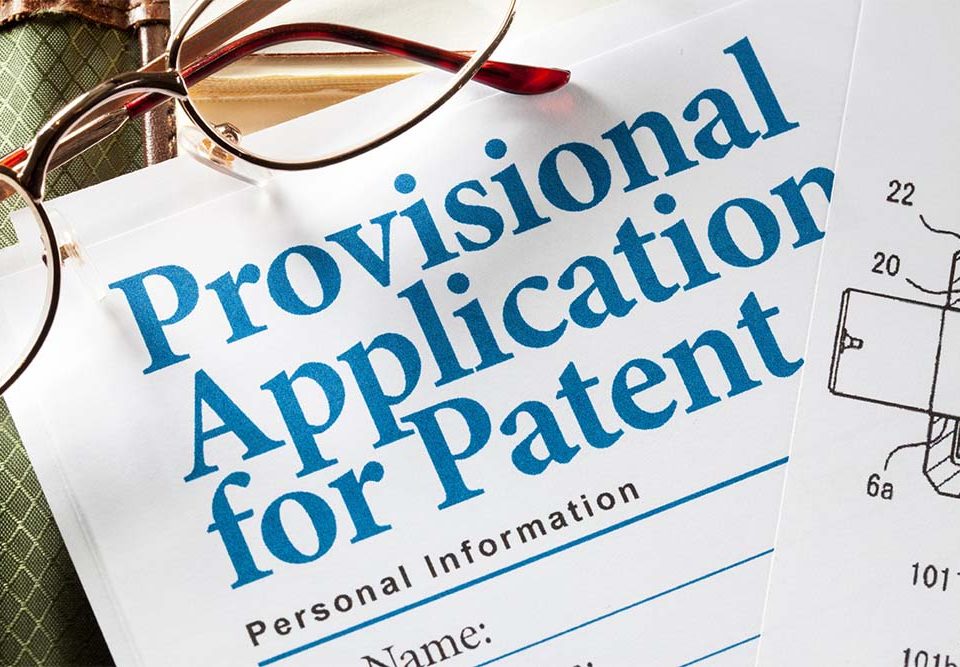How to Conduct a Patent Attorney Search
May 15, 2017Trademark Attorneys: Avoid Domain Name Disputes
May 15, 2017According to the United States Patent and Trademark Office (USPTO), a patent is “the grant of a property right to the inventor.” http://www.uspto.gov/patents-getting-started/general-information-concerning-patents Once you obtain a patent, others are excluded from making, using or selling your invention thought the United States. As patentee, it becomes your responsibility to enforce the patent outside of the USPTO. So, if you have intellectual property, then you are strongly encouraged to consult with a registered patent attorney who can instruct you on the how to get a patent process in an effort to protect your idea. One of the first steps to complete in the process is to conduct a patent search to confirm whether or not your invention is patentable. Although it’s possible for individuals inventors to conduct their own patent searches, it is advised to use a professional patent searcher because navigating the patent classification system can be difficult. But, what can be patented? Per USPTO regulations, patents encompass “any new and useful process, machine, manufacture, or composition of matter, or any new and useful improvement thereof.” http://www.uspto.gov/patents-getting-started/general-information-concerning-patents Types of Patents The three different types of patents are utility, design and plant. Utility patents are typically granted to those who discover or invent processes, machines, composition of matter, or articles of manufacture; any of which must be classified as new and useful. Design patents are reserved for those who invent new and original designs for an article of manufacture. Finally, plant patents may be granted for the discovery or invention of new plant varieties that are distinct from others in existence. Copyright vs. Patent vs. Trademark Since understanding the laws surrounding intellectual property can become a bit confusing if you don’t have the proper training, it’s important that you consult with an attorney who has the education and specializes in each of these respective disciplines in order to protect your property. For instance, what distinguishes a patent from a copyright or trademark? Well, a copyright is reserved for authorship of intellectual works such as music, literary and art. A trademark refers to protecting words, names, or other symbols used in a trade. How to get a patent, the application process… If you have discovered something that is useful; and also meets the all of the other basic criteria for a patent; and have already conducted a patent search to ensure that it isn’t already registered with the USPTP, then it might be time to draft an application for patent. Again, consulting with a patent attorney can help you develop a successful filing strategy and expedite the process. Here are the steps involved in the application process:
- Completing a written document that describes your invention
- Rendering drawings to further detail the useful process, matter or machine invented
- Issuing an oath or declaration
- Filing, search, and examination fees
Upon filing your patent application, it will be examined, and a response shall be issued for either a patent allowance or rejection. If the patent is rejected, an attorney can help you issue a rebuttal and amend the claims to gain approval. The Concept Law Group is a full-service intellectual property law firm that specializes in filing and prosecution of Patent, Trademark and Copyright applications. Contact the registered patent attorneys for a free, no obligation consultation.
For more information on how to get a patent, contact us today.
Sources:
http://www.uspto.gov/patents-getting-started/general-information-concerning-patents



